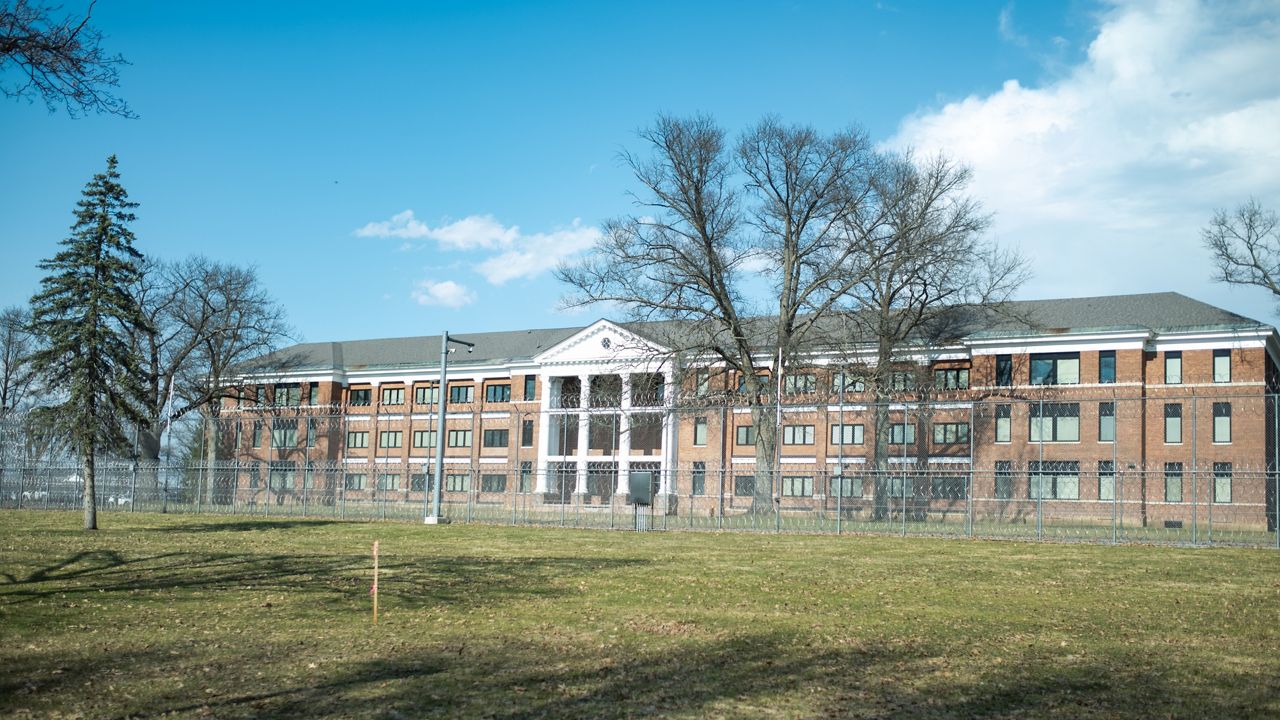As the concern about the contribution food waste makes to climate change mounts, students and officials at college campuses in Syracuse say they are trying to tackle the problem head-on.
Schools are monitoring the amount of food that is cooked, what is thrown in the trash and ways to be sustainable.
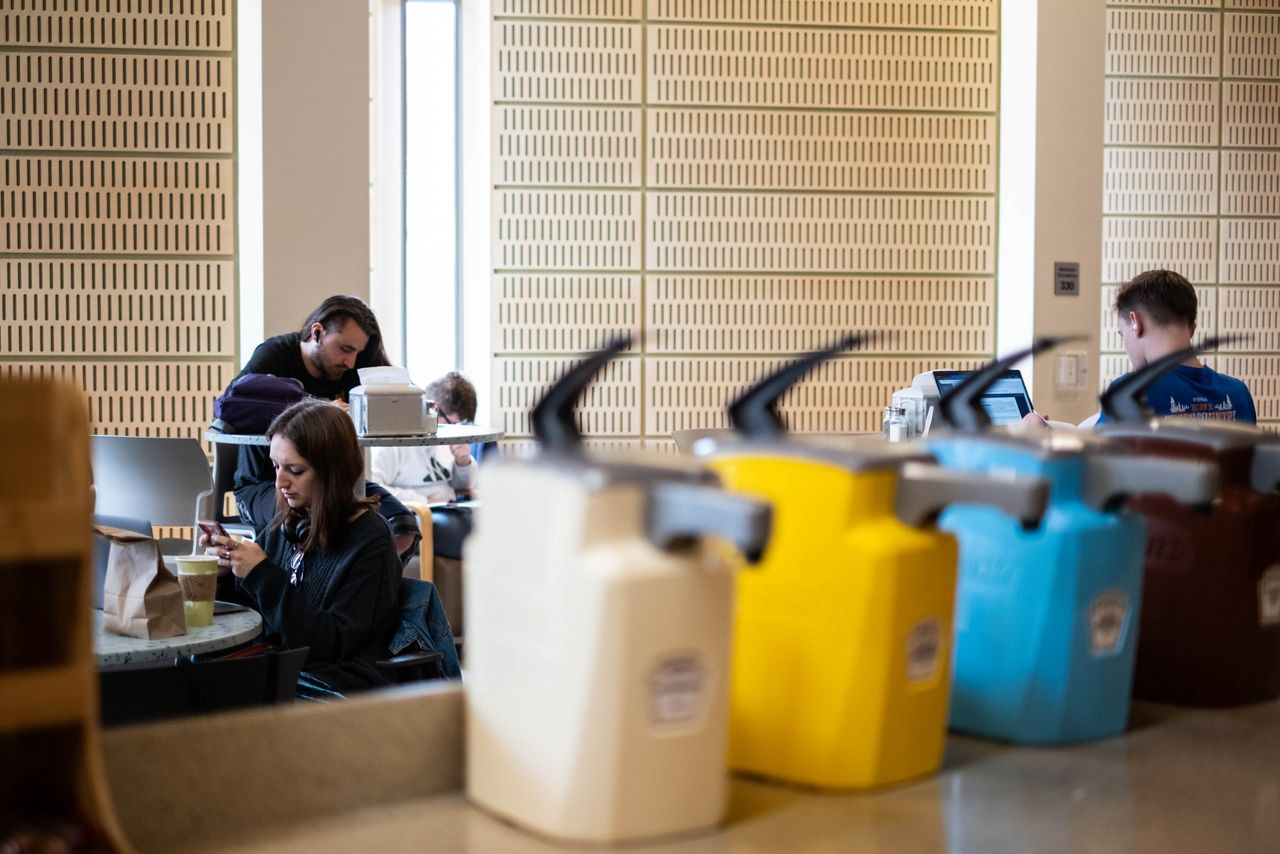
For example, at the SUNY College of Environmental Science and Forestry, that includes making meals that are proper cook-to-order portion sizes.
“That’s the first step is making sure you’re not creating a lot of excess food at the end of the day,” said Susan Fassler, director of sustainability operations at SUNY ESF.
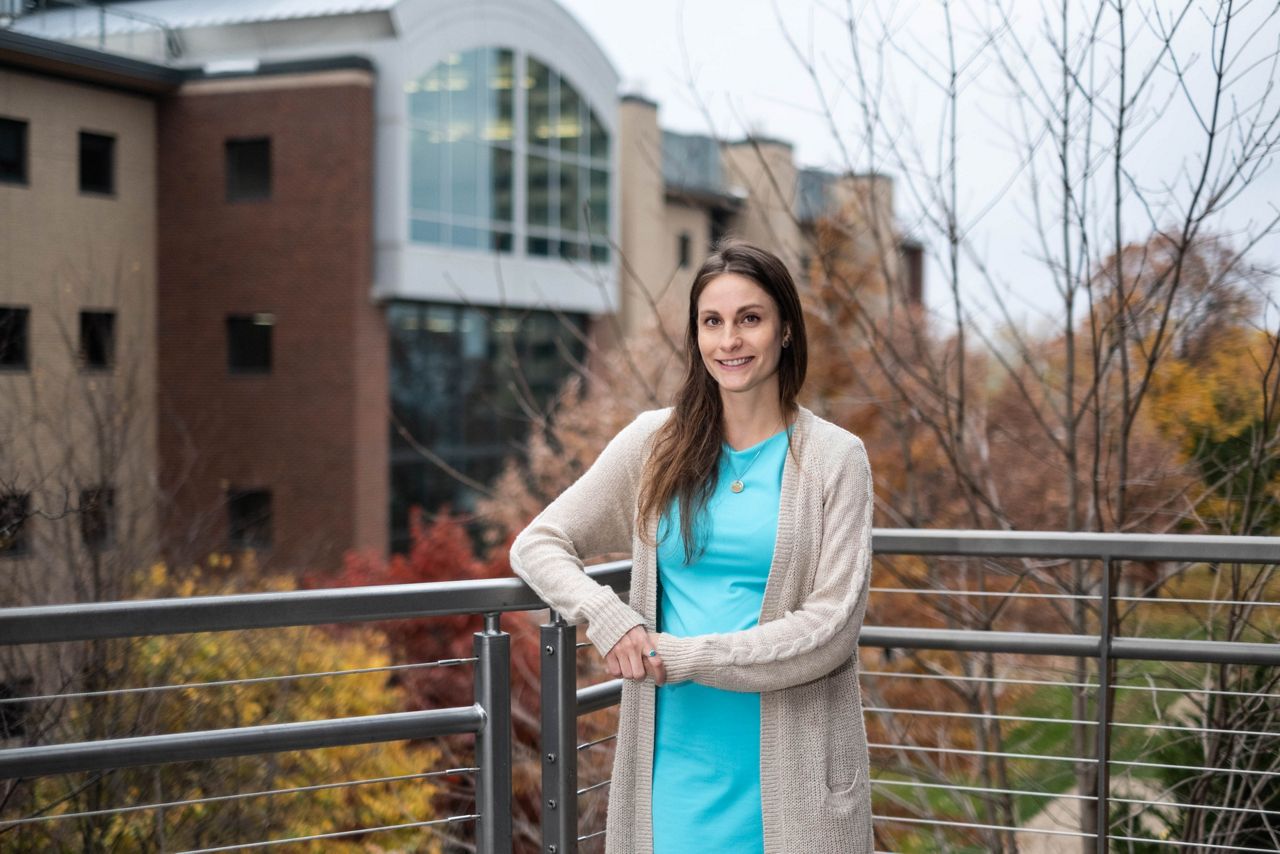
In the United States, food waste is estimated to be 30% to 40% of the food supply, according to the USDA, and college campuses feed thousands of students, multiple times per day.
In addition to limit excess food, SUNY ESF uses the Onondaga County Resource Recovery Agency to dispose of the waste they do have. OCRRA then composts the food, which can be used by the community.
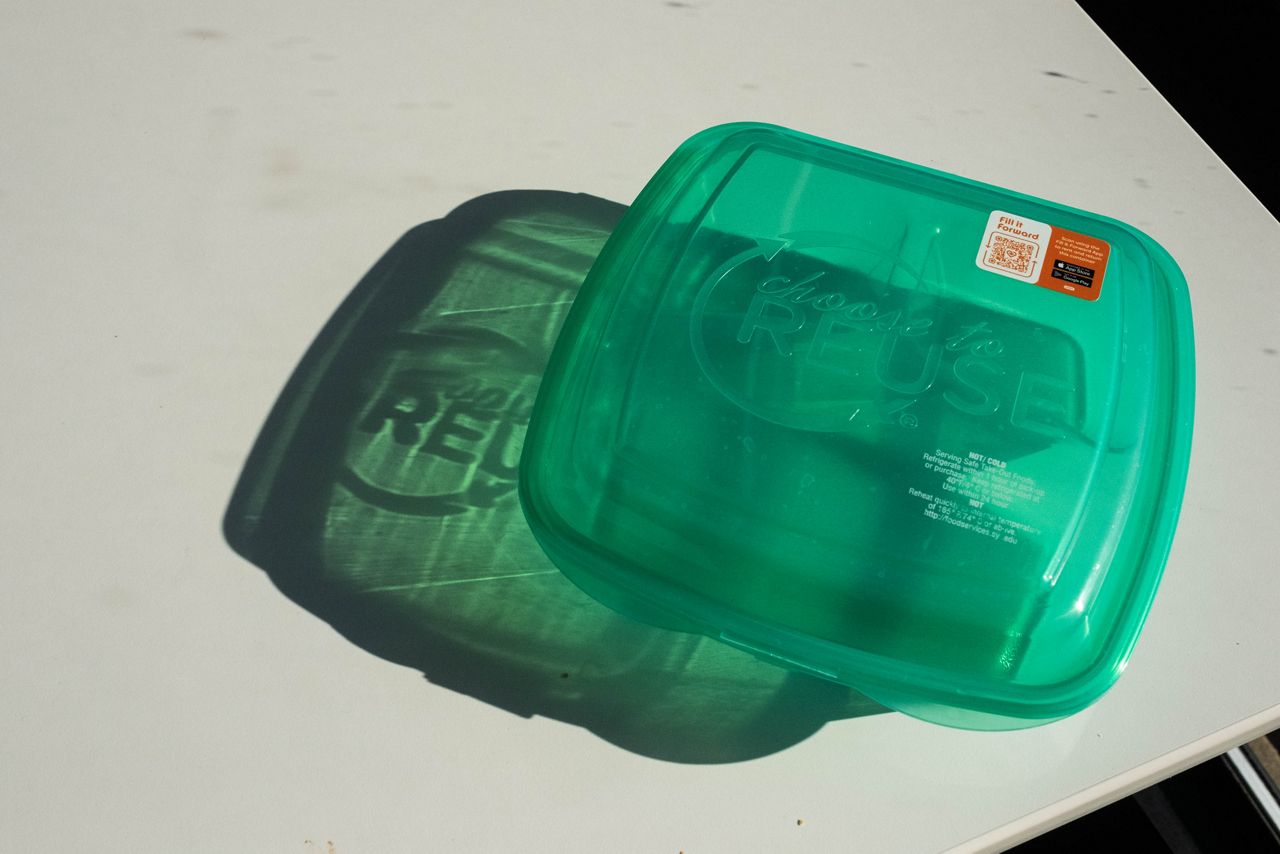
SUNY ESF students conduct monthly trash audits, which allows the school to track what is being thrown into the trash or compost bins.
The campuses of SUNY ESF and Syracuse University sit adjacent in Syracuse, so they share a few programs that help reduce and dispose of food waste. One of those programs being the food recovery network, which has students go from dining hall to dining hall picking up leftover food from both campuses.
“We follow all of our food safety practices as far as donating and then it goes to have various locations throughout the city of Syracuse, whether it be the Salvation Army, the Rescue Mission or a food pantry,” said Chris Scarano, resident dining director at Syracuse University.
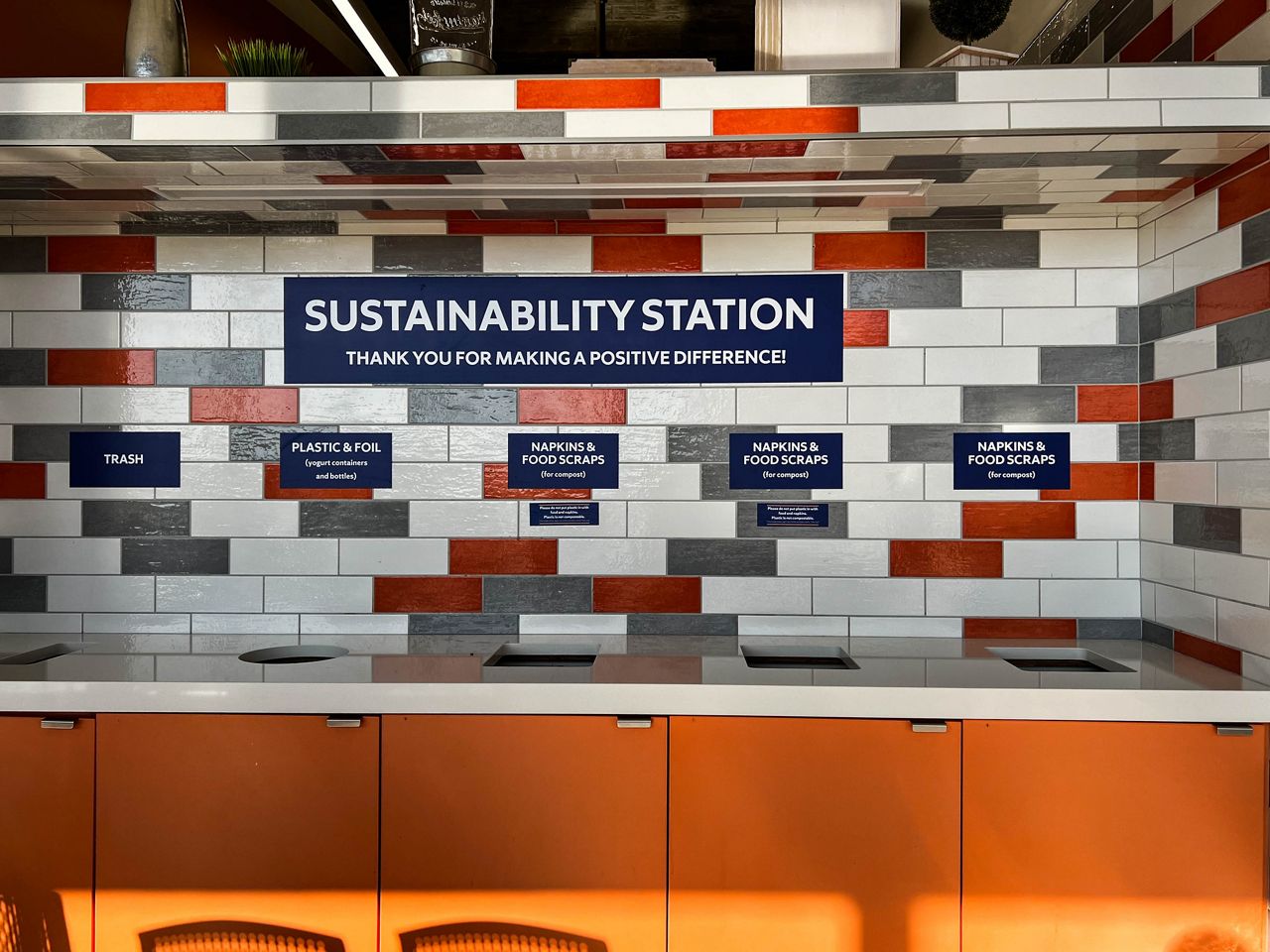
While SUNY ESF only has two cafes, Syracuse University has several dining facilities. Some are self-service and others are made-to-order. They use a computer program that helps calculate how much food they need to prepare daily. Michael Cargill, manager of Brockway dining at Syracuse University, said this helps prevent overpreparing meals.
“We bring in the number of proportions and based on the time of year, meal period, whether it's a lunch or dinner, because we do see a different influx of students based on that,” he said. “So basically, all that goes in and tells us this is about how many courses we need.”
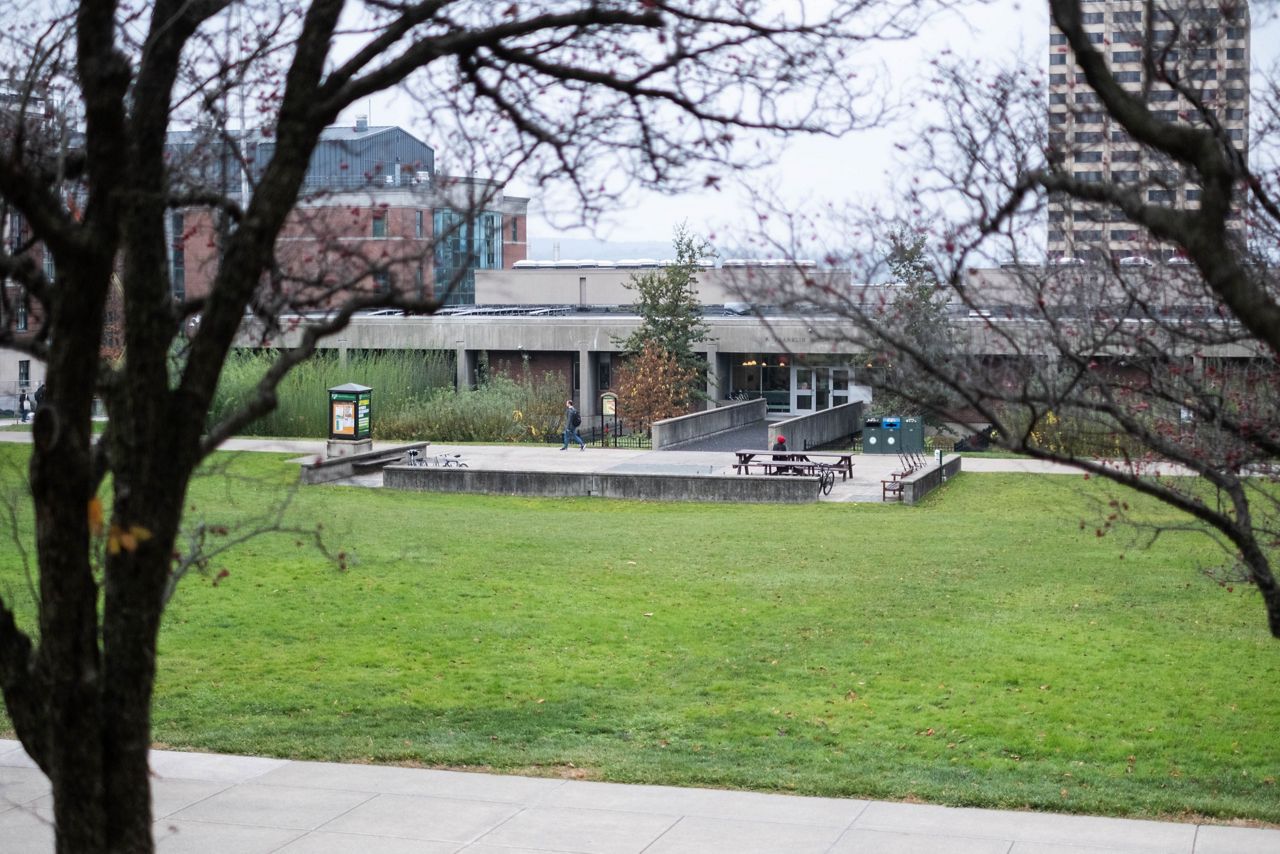
The university also worked to eliminate what sustainability professionals said played a direct role in food waste: trays.
“With Faulk College, we did a couple of tray studies, where we weighed how much food was on the trays at the end of every meal period to show how much excess food was on a tray, and then at the end of the semester we compared people who did use trays with people who didn’t, and we realized how much excess food was being used if you had a tray,” said Melissa Cadwell, SU’S sustainability coordinator.
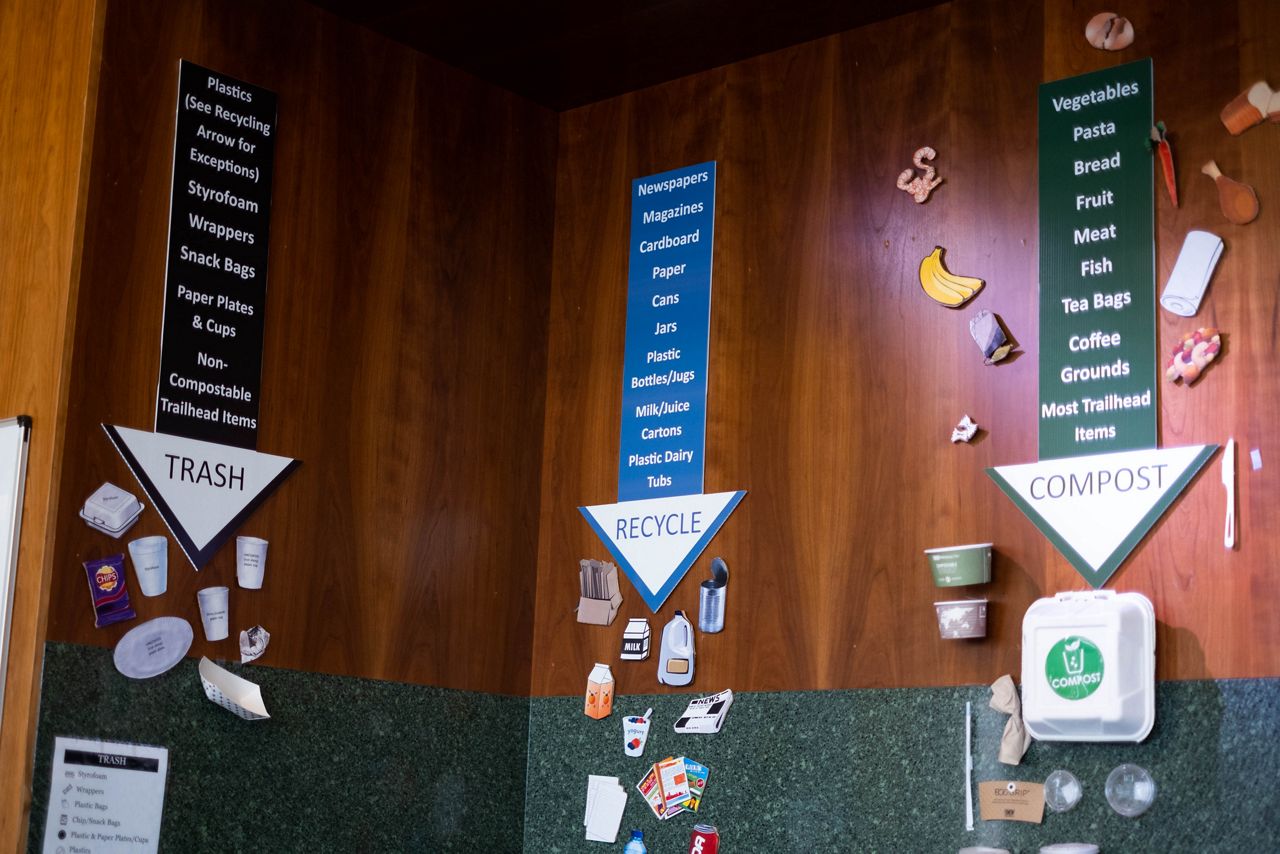
Both SUNY ESF and Syracuse University also have bought reusable to-go containers for students to use.
“There’s a higher cost up front, but it’s better for the Earth,” Scarano said.
Reducing food waste helps reduce supply chain issues.
“For every item that we’re reducing food waste, we don’t have to throw it,” Cadwell said. “And if we’re not having to throw it away here at the university, it can go either to somebody else who needs it, or we can grow something else.”




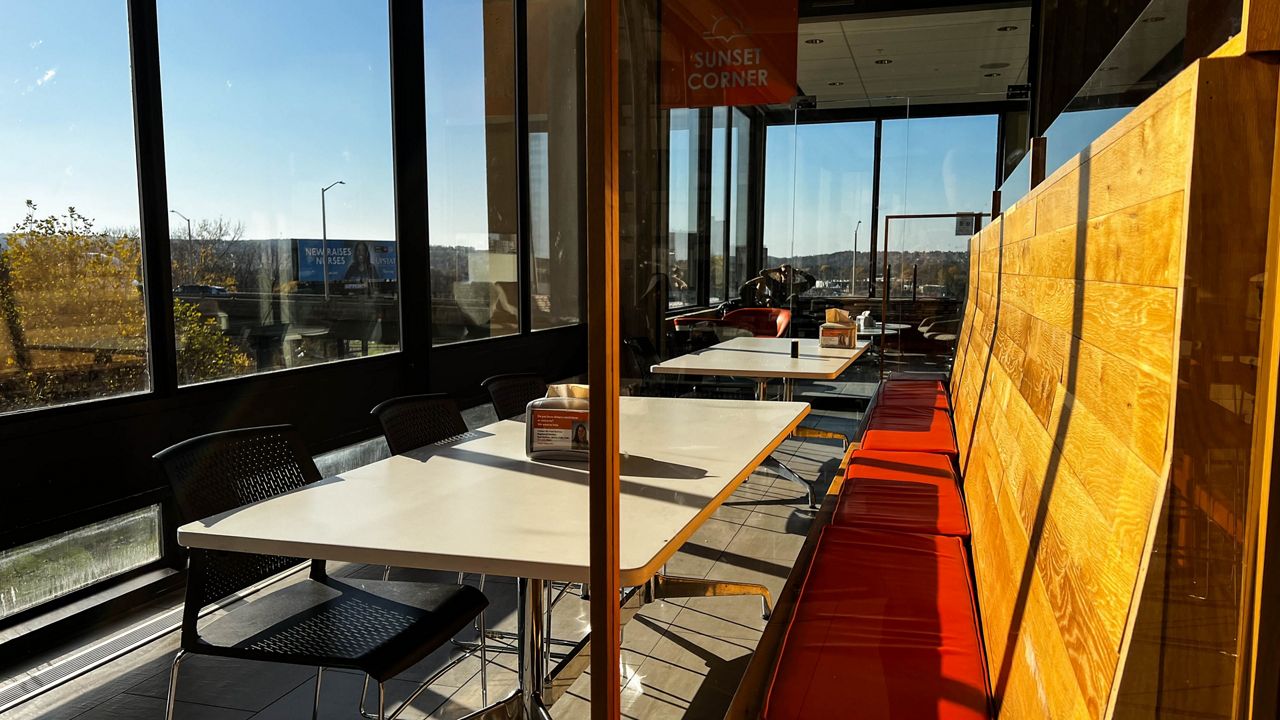

-1)
